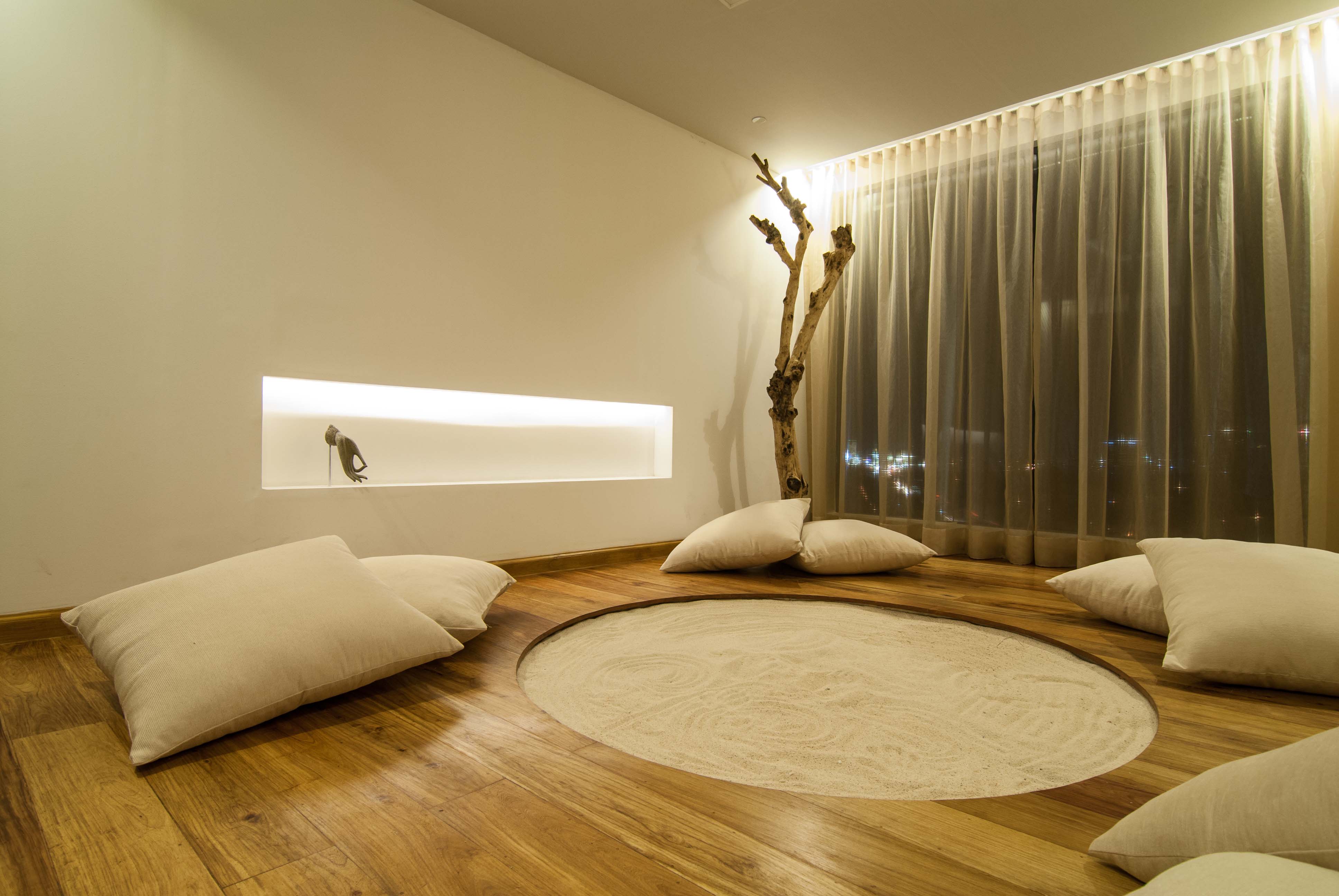
The Philosophy of Zen and Minimalism
Minimalism is a design philosophy that embraces simplicity, functionality, and the elimination of unnecessary elements. It is a concept that has gained significant popularity in modern decor, promoting clean lines, open spaces, and a sense of tranquility. At its core, minimalism draws inspiration from the ancient philosophy of Zen, which emphasizes mindfulness, simplicity, and a connection to the natural world. In this article, we will explore the principles of Zen and how they can be applied to create minimalist spaces that breathe.
The Simplicity of Zen Design

Zen design is characterized by its simplicity and focus on the present moment. It encourages the removal of clutter and unnecessary distractions, allowing individuals to focus on what truly matters. In a minimalist space, each element serves a purpose and contributes to a sense of calmness and balance. By incorporating Zen principles into modern decor, we can create spaces that evoke a sense of tranquility and help us find peace amidst the chaos of everyday life.
The Importance of Natural Elements

One of the key aspects of Zen design is the incorporation of natural elements. Nature plays a vital role in the philosophy of Zen, symbolizing harmony, balance, and the interconnectedness of all things. When designing a minimalist space, it is crucial to bring in elements from the natural world, such as plants, stones, and wood. These natural materials not only add visual interest but also help create a soothing and grounding environment.
- Introduce indoor plants to add a touch of greenery and improve air quality
- Use natural materials like bamboo or cork for flooring and furniture
- Incorporate stones or pebbles in decorative accents or as part of a Zen-inspired garden
Mindful Use of Color and Light

Color and light play a significant role in creating a minimalist space that breathes. In Zen design, neutral colors are often preferred, as they evoke a sense of calmness and simplicity. Shades of white, beige, and gray can be used as a backdrop to highlight other elements in the room. Additionally, natural light is highly valued in Zen philosophy, as it brings a sense of openness and connection to the external environment.
- Choose a neutral color palette with soft tones
- Maximize natural light by using sheer curtains or blinds
- Incorporate ambient lighting to create a warm and inviting atmosphere
The Power of Negative Space

Negative space, also known as whitespace, is a fundamental concept in both Zen and minimalist design. It refers to the empty or unoccupied areas in a room that allow the eye to rest and create a sense of balance. By intentionally leaving empty spaces, we can enhance the overall aesthetic and highlight the essential elements in the room. Negative space invites contemplation and promotes a sense of tranquility.
Gallery




Summary
Incorporating Zen principles into modern decor can transform a space into a minimalist haven that promotes tranquility and peace. By adopting simplicity, incorporating natural elements, utilizing mindful colors and lighting, and embracing negative space, we can create spaces that breathe. The harmonious balance between Zen and minimalism allows us to find solace in our surroundings and appreciate the beauty of simplicity.
